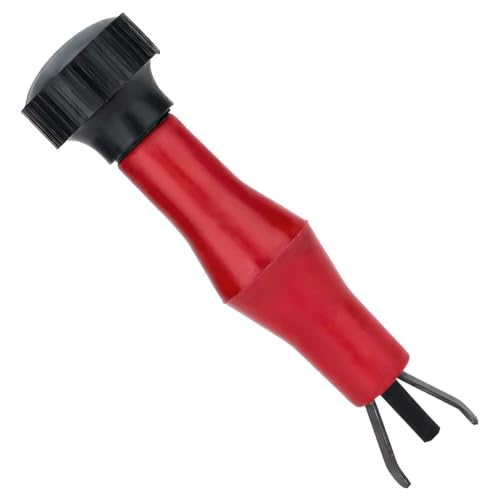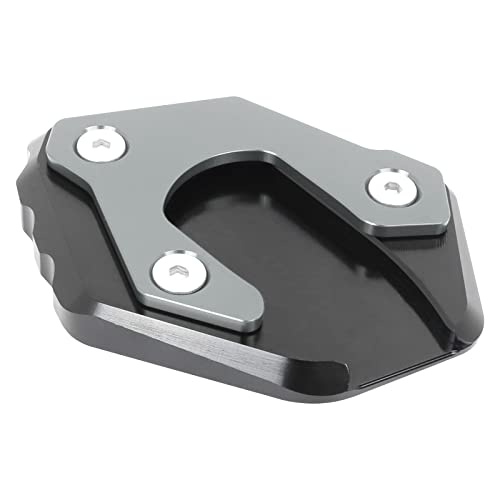sapest
Well-known member
Upon head removal (for valve check) I find this -


The shop says the oil rings are the issue.
Yes I have been adding oil between changes. Not much, 200/300 ml. once between changes. I would not consider the exhaust outlets as oily.
Never see any blue smoke or smell 'oily' exhaust.
My options appear to be a ring job or "live with it" and continue to add oil between change intervals.
Could anything else be the possible cause?
What happens if I block off the AIS?
-Steve


The shop says the oil rings are the issue.
Yes I have been adding oil between changes. Not much, 200/300 ml. once between changes. I would not consider the exhaust outlets as oily.
Never see any blue smoke or smell 'oily' exhaust.
My options appear to be a ring job or "live with it" and continue to add oil between change intervals.
Could anything else be the possible cause?
What happens if I block off the AIS?
-Steve






























































